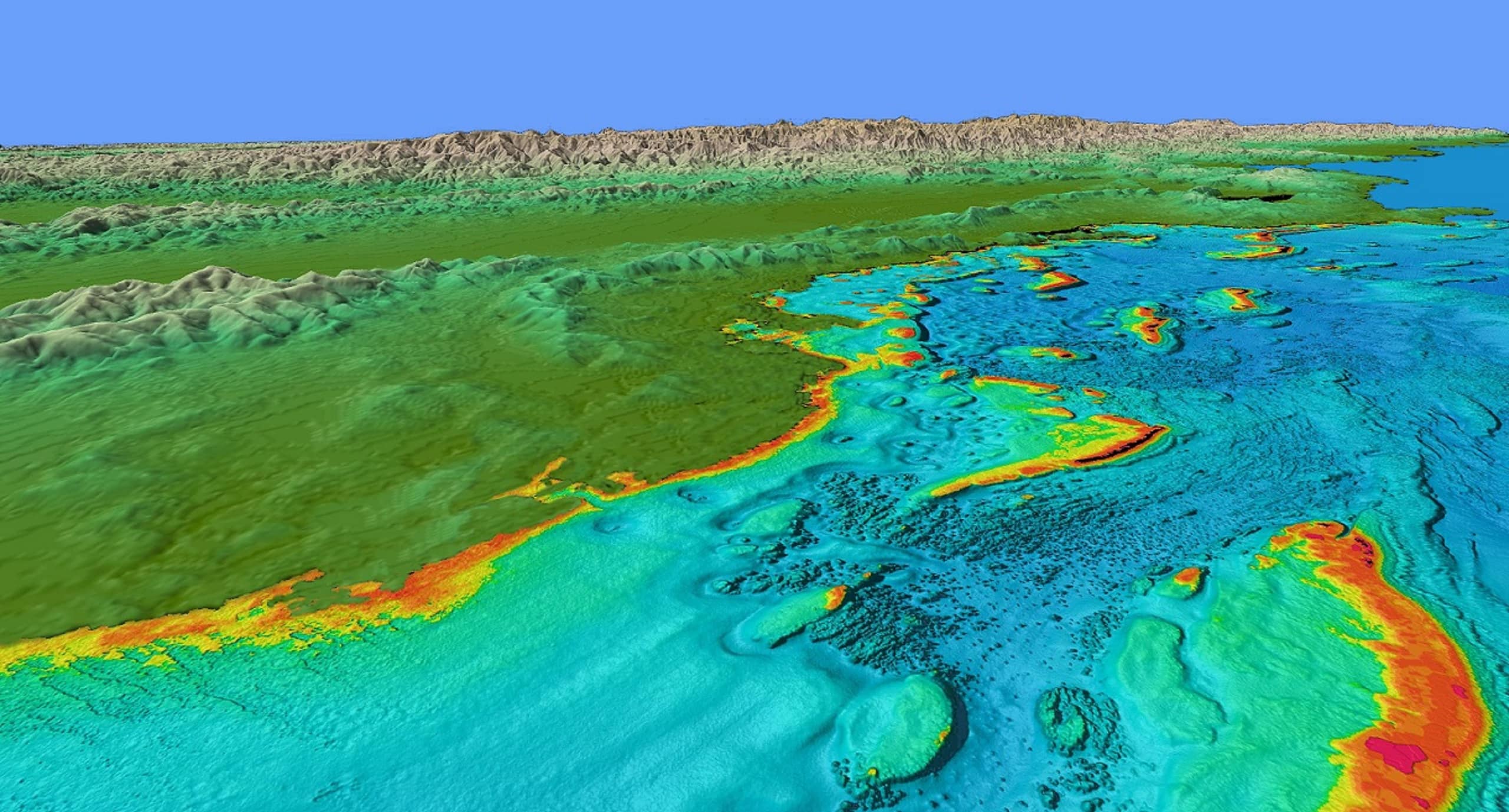
Dr Lisa Wedding and the Oxford Seascape Ecology Lab use new technology to illuminate coral reef complexity and biodiversity. These reefs are also home to a rich diversity of tropical fish and other vibrant species.
Among the range of threats posed to coral reefs, warming ocean due to climate change is among the most concerning. Dr Wedding’s research team turned to a technology called LiDAR (light detection and ranging), a remote sensing tool that allowed them to create 3D models, bringing to life the true complexity of the coral reef seafloor.
Equipped with this information, the researchers were able to create predictive models of the reef fish community. Creating cost-effective and accurate methods of identifying coastal “hotspots” is an essential step in the creation of effective management plans for marine conservation.
Dr Lisa Wedding, Lecturer in Geography at St Hilda's, is an Associate Professor in Physical Geography and a Tutorial Fellow of Worcester College, Oxford. Prior to April 2019, she held a Research Associate position at the Center for Ocean Solutions, Stanford University, and was a Postdoctoral Research Scholar at the University of California at Santa Cruz, USA.
Dr Wedding recently worked with Dr Simon J Pittman, Research Associate at Oxford Seascape Ecology Laboratory, on a study that explores the future agenda for applied seascape ecology research.

Dr Lisa Wedding
Mapping and visualising complex spatial patterns across the seascape is particularly important to understand a dynamic and highly connected ocean that is interdependent with human societies.